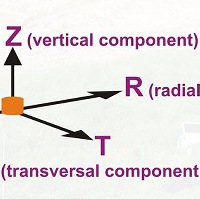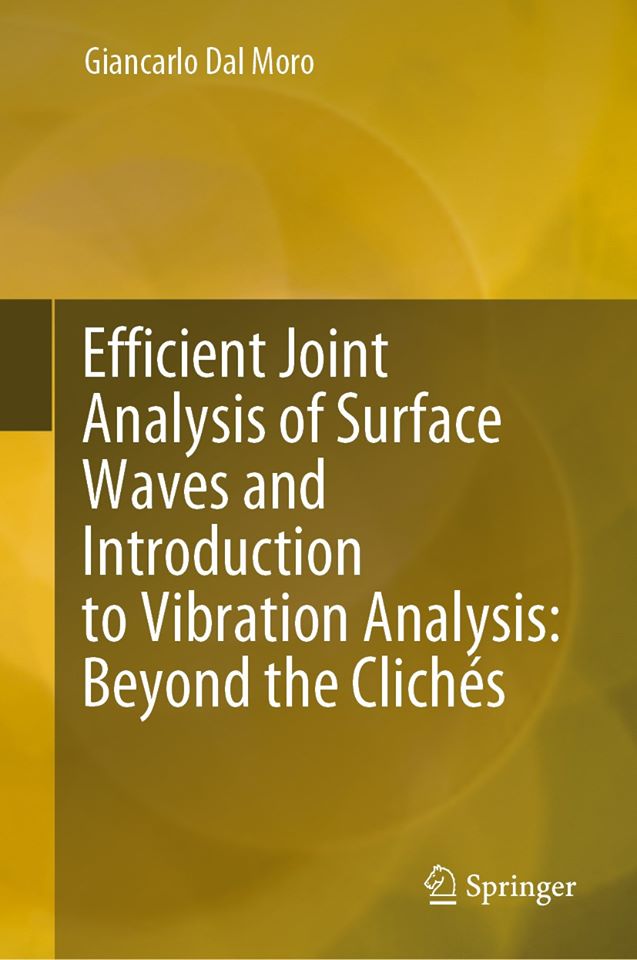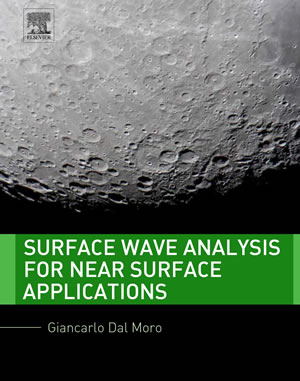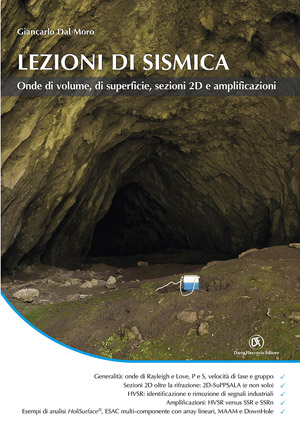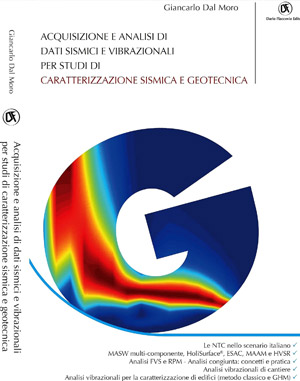HoliSurface® acquisition and analysis: a case study
Here an example - from an article in press - about the HoliSurface® (HS) acquisition and analysis approach.
Contact: holisurface@winmasw.com
What's the HS Acquisition System?
The basic (minimum) configuration consists of: 24-bit seismograph + trigger geophone + 2Hz 3C geophone + the 9+3 channel seismic cable.
On the HoliSurface® web pages we briefly describe what you can do with this basic configuration but you can actually appreciate the power of the system only by attending one of our workshops.
The figures refer to the analysis of six objects accomplished through the HoliSurface® software:
- 3 group velocity spectra (ZVF, RVF, THF - i.e. the Vertical and Radial components of Rayleigh and Love waves)
- the RPM (Rayleigh wave Particle Motion) frequency curve
- the RVSR (Radial-to-Vertical Spectral Ratio) curve
- the HVSR (Horizontal-to-Vertical Spectral Ratio) curve
Needless to say that the precision of a subsoil model depends on the amount of considered objects (surely not on the number of vertical geophones used during the acquisition process - for an overall view on surface-wave analysis see our Elsevier book).
Soon available the two following articles (where some of the HS procedures are described):
- Improved Holistic Analysis of Rayleigh Waves for Single- and Multi-Offset Data: Joint Inversion of Rayleigh-wave Particle Motion and Vertical- and Radial-Component Velocity Spectra. Pure and Applied Geophysics (in press)
- Single- and multi-component inversion of Rayleigh waves acquired by a single 3-component geophone: an illustrative case study. Acta Geodyn. Geomater. (in press)
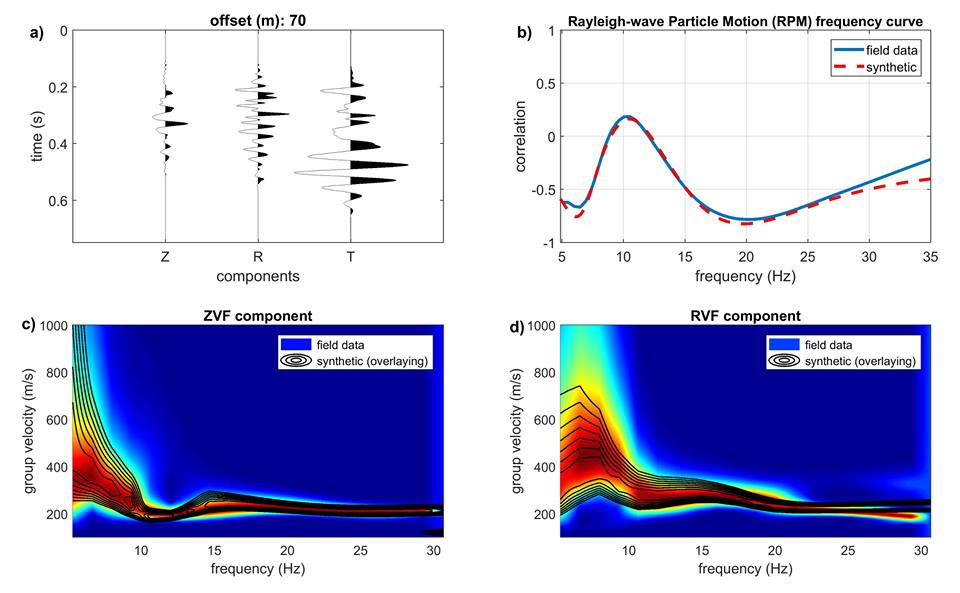
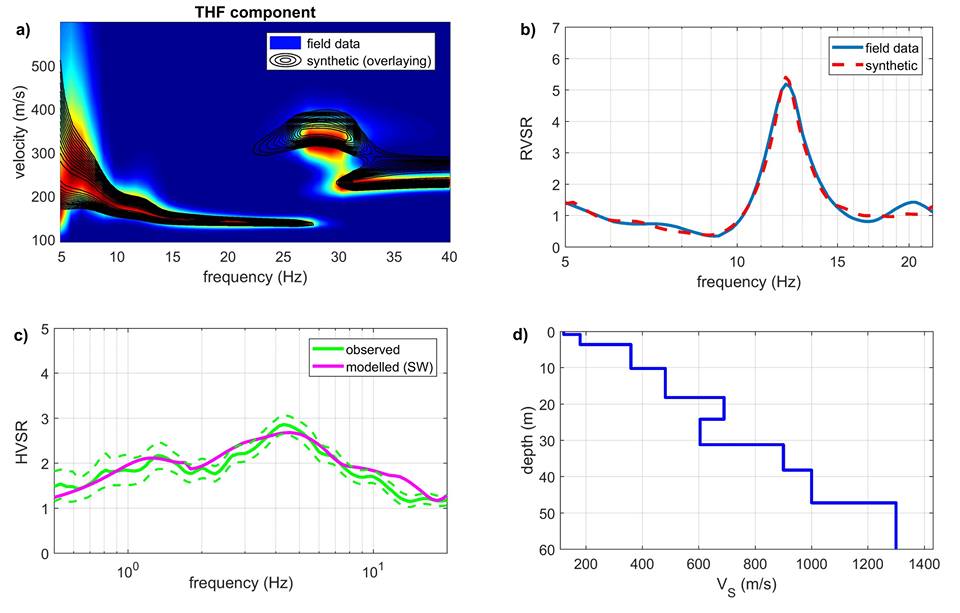
- NEWS ARCHIVE
- share:


